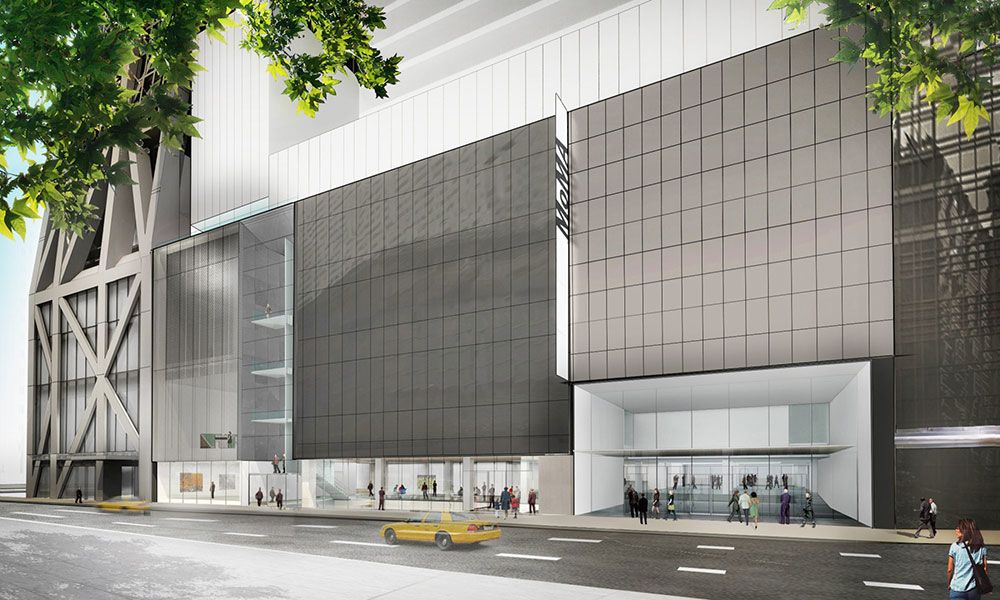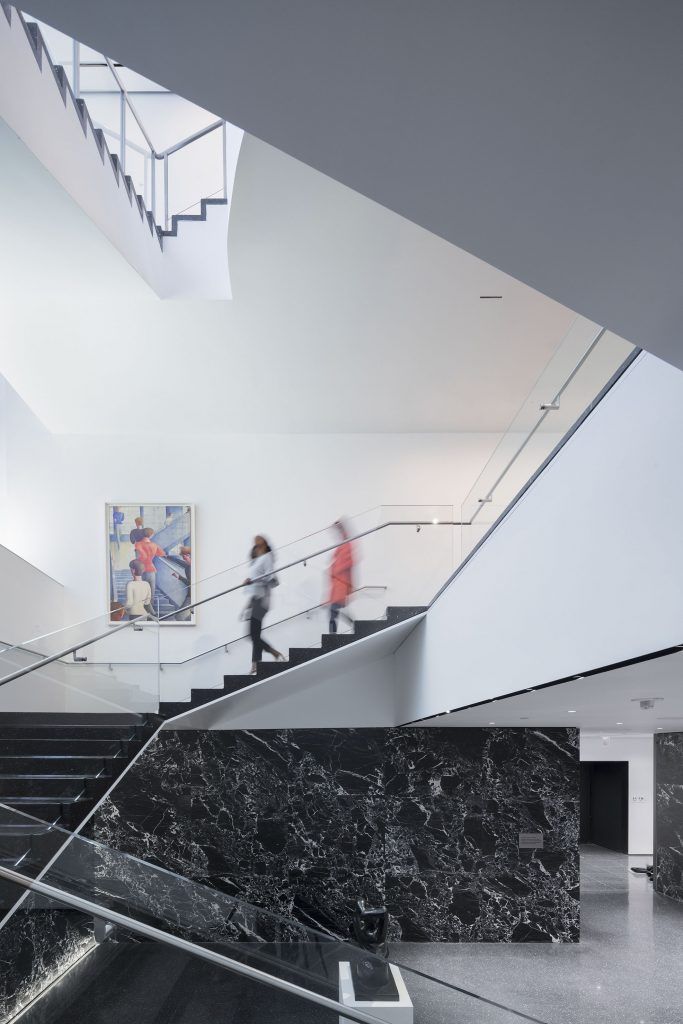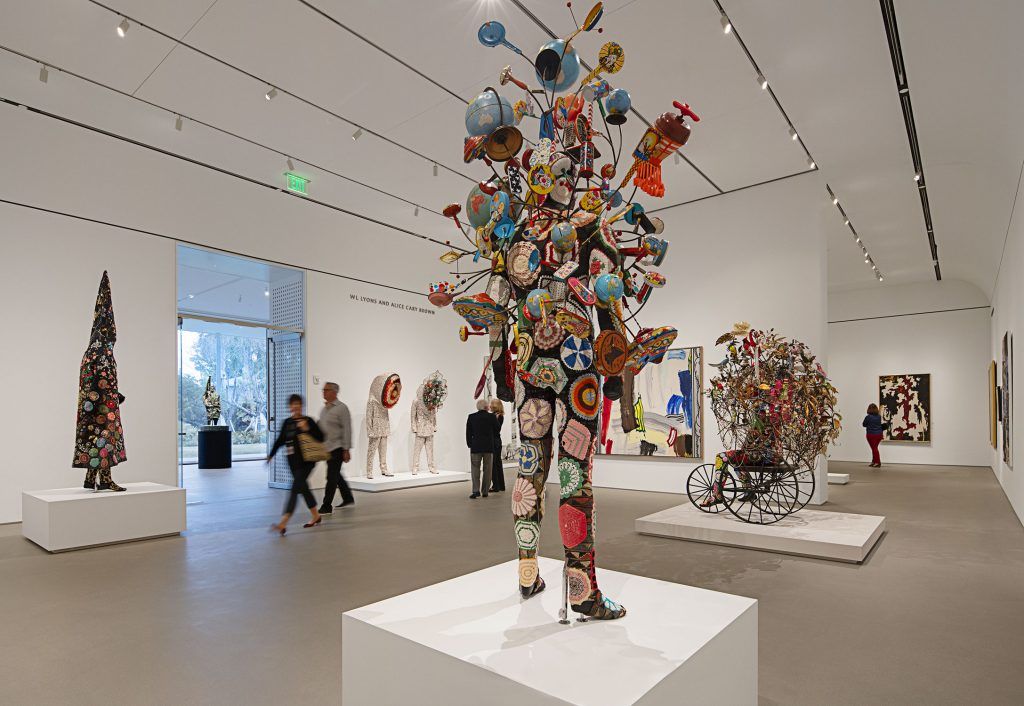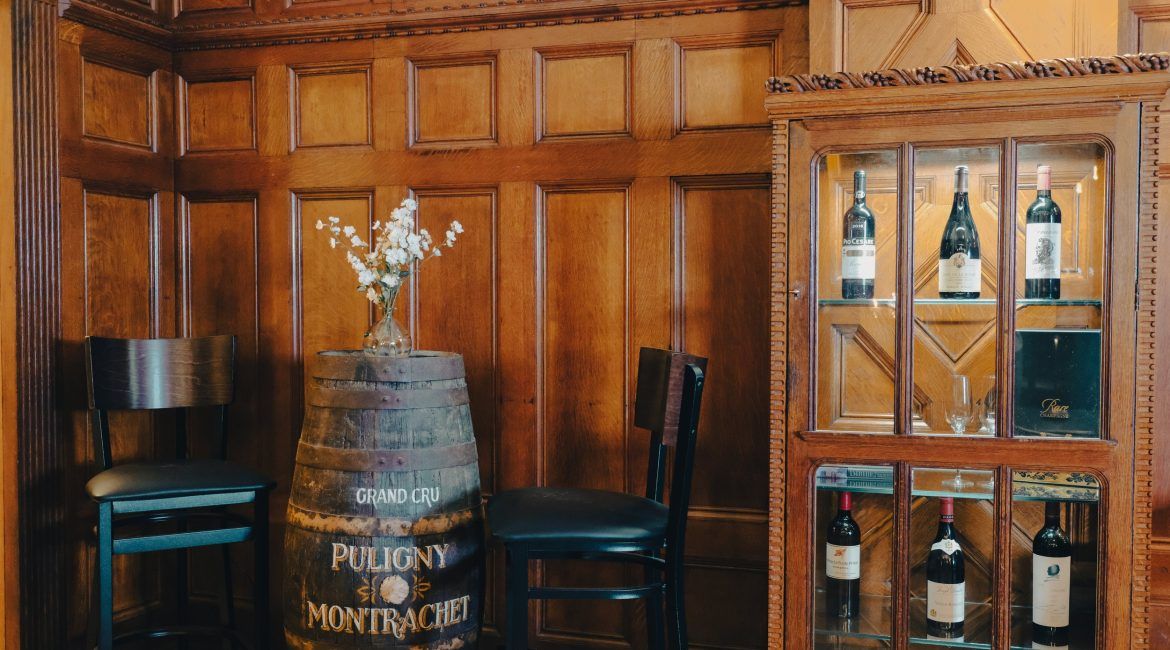Places
Stretching Their Wings: Art Museums Expand
by Elliman Editors
December 2019
Some of the country’s leading museums are unveiling impressive additions. A peek inside a few of the best.
—by David Graver
Art historian and first-ever director of New York’s Museum of Modern Art Alfred H. Barr Jr. referred to MoMA as a laboratory. The sentiment was recently echoed by current director Glenn D. Lowry—who oversaw this year’s four-month-long renovation and expansion. MoMA isn’t alone in such a move. Be it West Palm Beach’s Norton Museum of Art , neighboring Boca Raton Museum of Art , or The Peabody Essex Museum in Salem, Massachusetts, art institutions are stretching their wings—literally. In doing so, they’re becoming incubators for new voices, perspectives, and experiences—in effect, acting as laboratories. Museum expansions allow each destination to reconsider the way it has presented history, and approach it through different themes, legacies, and geographies. And now visitors are beginning to reap the benefits.
MoMA
A rendering of MoMA’s new exterior
MoMA’s $400 million expansion—designed by award-winning architecture firm Diller Scofidio + Renfro and international design firm Gensler—contributed 40,000 square feet of gallery space. Lowry describes it as space to rethink the experience of art in MoMA. New developments like the street-facing, admission-free ground floor galleries offer greater access to the community and even passersby. This is complemented by Studio, a place for live programming, and Platform, a second-floor destination where visitors are invited to explore new ideas about the past, present, and future through art.
The restored Bauhaus staircase with Oskar Schlemmer’s Bauhaus Stairway (1932)
As for MoMA’s collection weaving through the building, the renovation allows for some semblance of the “chronological spine” they’ve so far presented. However, the extra room will initiate a cross-pollination of media, something the museum has avoided. It will also open more wall space for works by women and minorities—long underrepresented by most major institutions, MoMA included. From a curatorial standpoint, 30 percent of the permanent collection will shift annually. In three years, most of the art will have been rehung. This will revitalize curatorial access to the collection and keep visitors on their toes. The flow of art will require a lot of work on the museum’s part, but there’s so much to gain—and most important, this should disrupt the idea that modernism was a linear, logical movement.
The Norton
The installation Going Public: Florida Collectors Celebrate The Norton
Meanwhile, in West Palm Beach, $100 million went into the Norton’s Foster + Partners-designed expansion. Their goal was to elevate the institution to world-class caliber. New gallery space, totaling 50,000 square feet, certainly emphasizes this, but many additions mirror the mentality behind MoMA’s renovation. First, a large, transparent lobby engages visitors even before they enter. Second, the parking lot—which used to run around part of the building—has been replaced with a subtropical garden that houses a collection of contemporary art sculptures. This adds an exclamation point to the expansion and its thoughtful, accessible approach to art. It also helps the structure engage with its waterfront surroundings.
Stephen J. Singer’s Untitled (1944) at The Norton
Foster’s work reinstated original architect Marion Sims Wyeth’s new arrangement, increasing the circulation of the central building, which dates back to the 1940s. Curators benefit from the change—as does the museum’s commitment to contemporary art expansion. It already grew 25 percent under recently retired director Hope Alswang, who paid close attention to women artists like Jenny Holzer, who has a sculpture in the new garden.
Ralston Crawford’s New Orleans No. 8 (1957) at The Norton
West Palm Beach-based Douglas Elliman broker and celebrated art collector Burt Minkoff has experienced the benefits of the refreshed and updated Norton firsthand—inside and outside the walls of the museum. “The building is beautiful,” he says, “and it has increased the exhibition site substantially. This will allow its reputation to grow on an international level. It’s also allowing the surrounding area to grow exponentially, especially among art collectors. In many respects, the expansion offered collectors support and inspiration, as people are taking their collections out of their homes and either building or remodeling places to house them. Minkoff notes that The Norton began as the private art collection of Ralph Hubbard Norton and his wife Elizabeth Calhoun Norton.
The Peabody Essex
The Peabody Essex Museum’s historic center and new three-story addition
Keeping pace in size and collection, The Peabody Essex Museum’s $125 million expansion—led by Ennead Architects—solidified the Salem, Massachusetts–based cultural mecca as one of the 10 largest museums in the U.S. The 1.8 million works found within its walls now have an additional 40,000 square feet to breathe. Ten exhibition spaces were renovated, three new galleries were added—and The Peabody Essex received a three-story glass atrium, affixed to their National Historic Landmark building.
The new garden at The Peabody Essex
If that sounds similar to The Norton Museum of Art, so does the addition of a 5,000-square-foot garden by Nelson Byrd Woltz Landscape Architects. This also features two manufactured streams. Once again, the mission here was to clarify and strengthen The Peabody’s programming while providing curators with a chance to put art in new homes within the space. Audiences benefit—as does the art.
Find your next home today.







